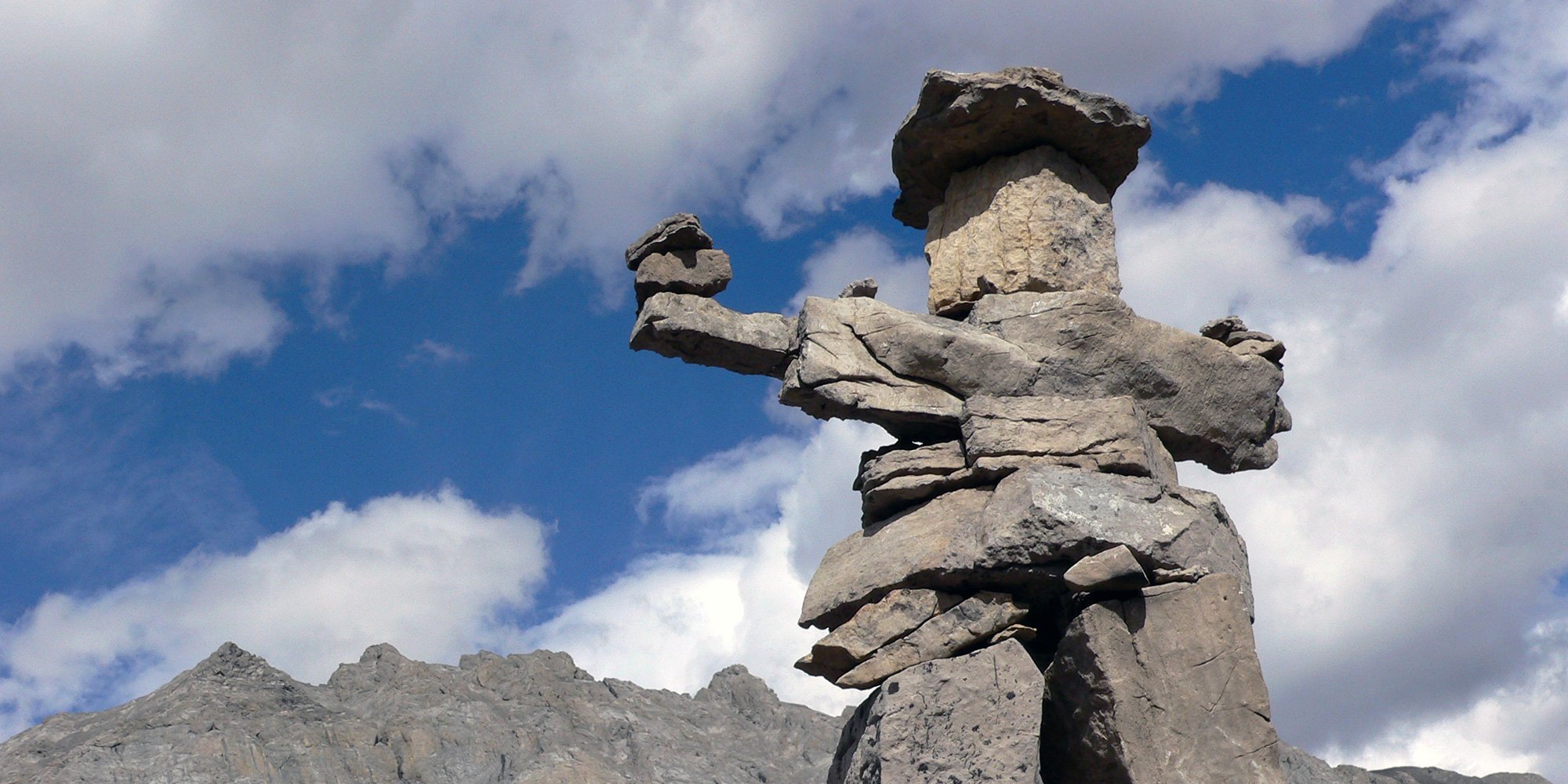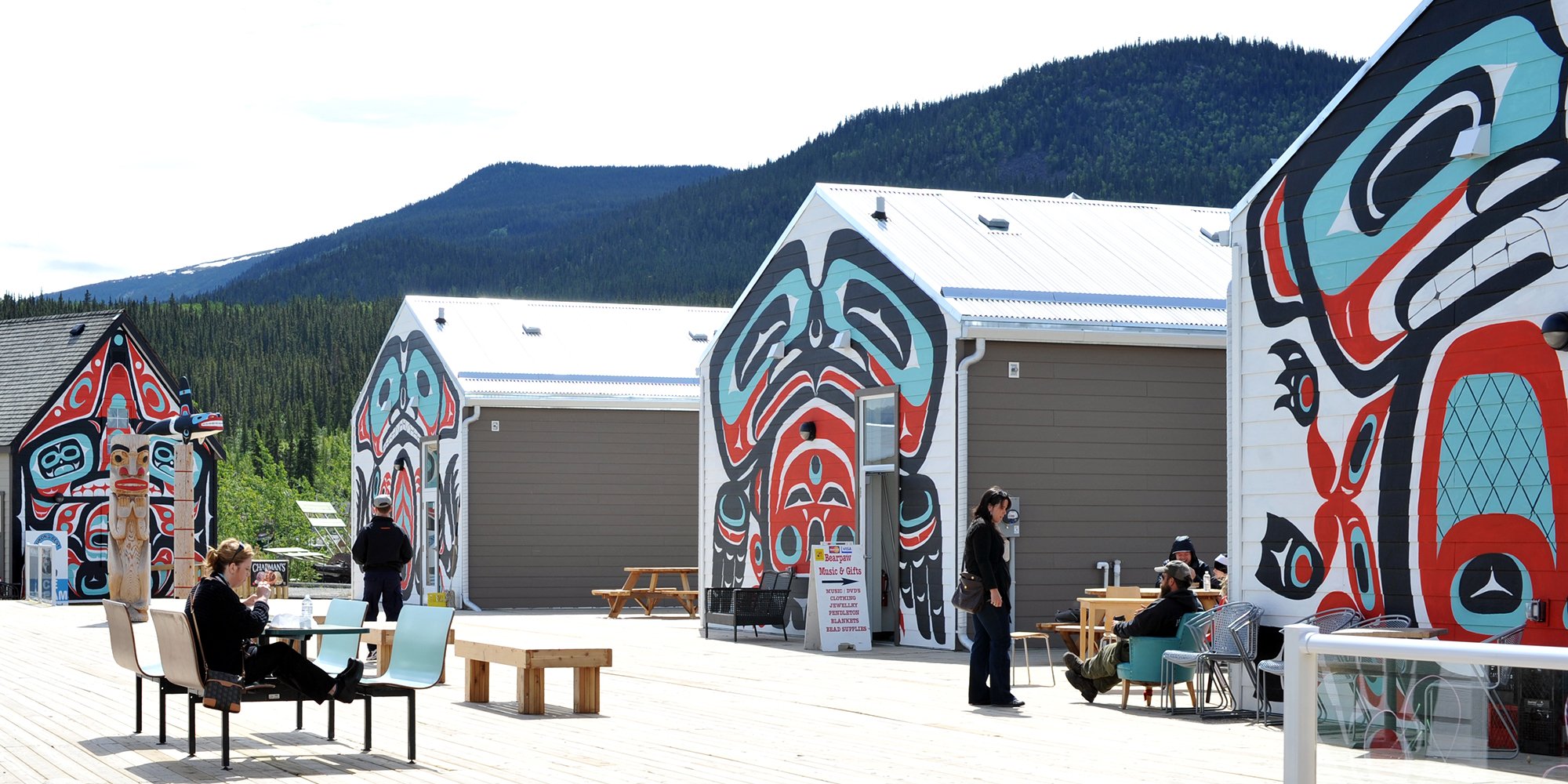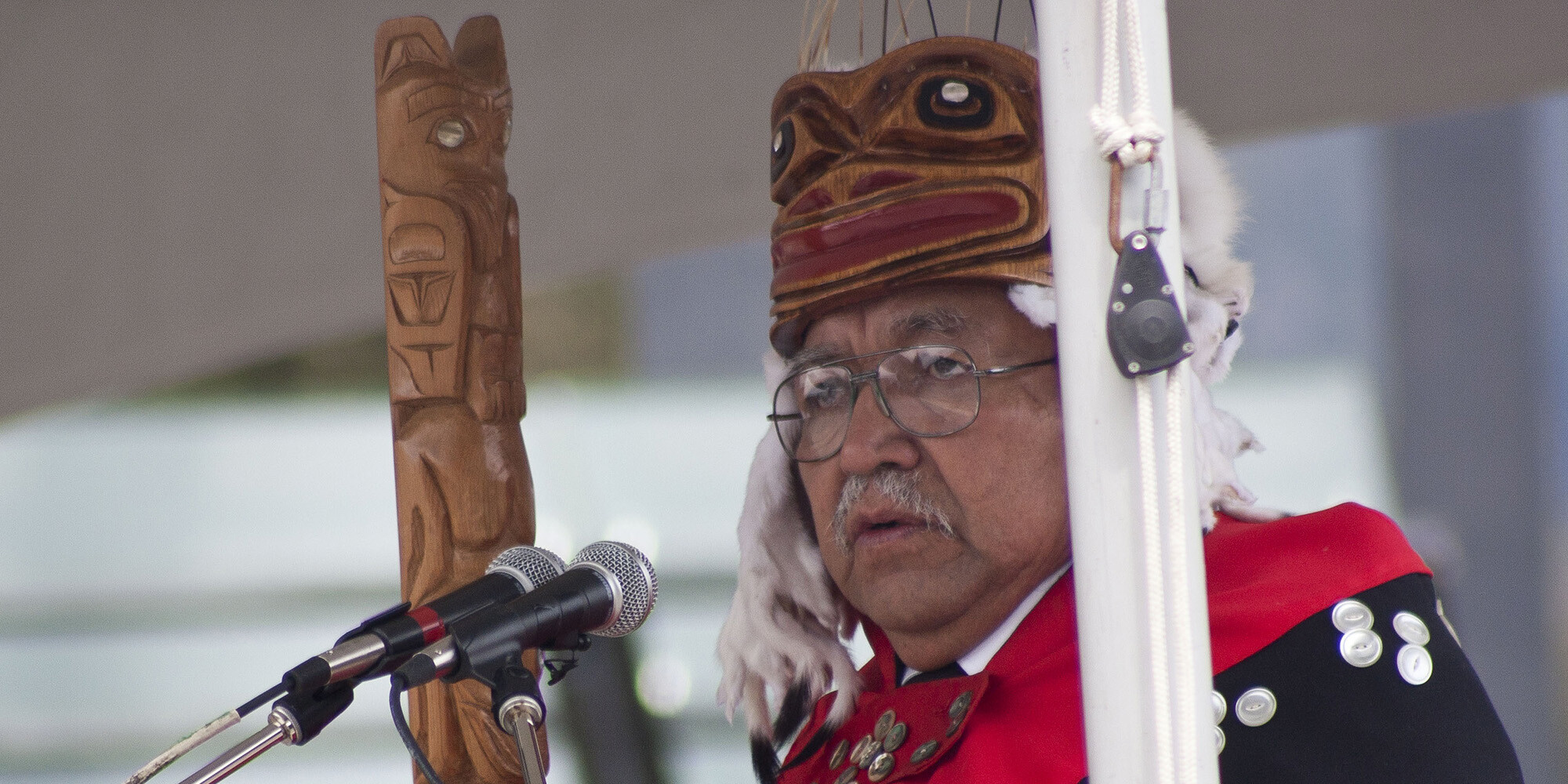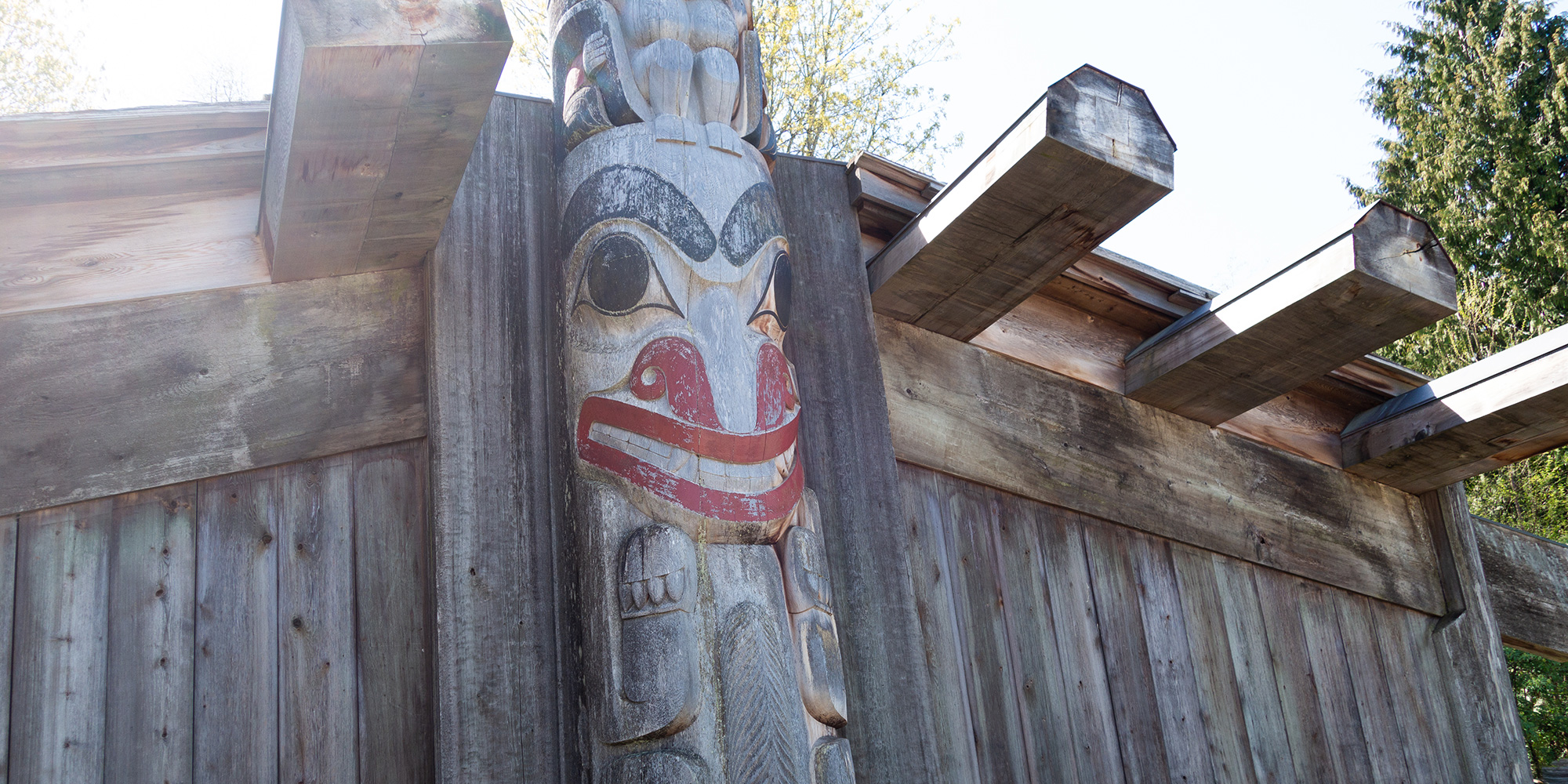Why Does Indigenous Self-Government Matter?
Why does Indigenous self-government matter? It matters because it is one of the key building blocks for strengthening and supporting Indigenous...

When we take a look at the day-to-day operations of a band we see that all the actions of the band are directed in accordance with the Indian Act. This is a huge problem for bands, and their politicians, because it means that while they are elected by their people, they are accountable to Aboriginal Affairs and Northern Development of Canada. Their preference would be to change to a system where the governing leaders are elected and accountable to their people. Such models do exist and the communities with self-government arrangements have done well in terms of the nation-building process. Here are four examples:
In 1986, B.C.’s Legislature passed The Sechelt Indian Band Self-Government Act,[1] providing the Sechelt Band with limited powers of self-government, including the power to enact its own Constitution and to make laws in the areas of education, health, land use planning, local taxation and zoning. The Sechelt Band holds fee simple title to its land, subject to limitations and conditions contained in the Sechelt Indian Band Self-Government Act (sections 23-25). One of the conditions is that the Band holds the lands for the use and benefit of the Band and its members. It should also be noted that the enabling legislation is subject to Parliamentary amendment, meaning that the Sechelt has only as much authority as Parliament delegates, which some communities regard as a relatively weak version of self-government.
In 1990, the government of the Northwest Territories and the Tungavik Federation of Nunavut signed an agreement in principle that confirmed their joint commitment to the division of the Northwest Territories and the creation of Nunavut. The formation of a new territory in the eastern Northwest Territories (N.W.T) resulted from a double-tracked Inuit strategy: to negotiate the broadest possible comprehensive land claims agreements with the federal government and to participate actively in available political forums.
Inuit Members of the Legislative Assembly of the Northwest Territories collaborated with other M.L.A.s in the preparation of the 1982 plebiscite asking residents of the N.W.T. whether they would support the creation of the new territory of Nunavut in the eastern Northwest Territories. Fifty-seven percent of voters agreed.
The Nunavut Land Claims Agreement
...recognizes Inuit title to 350,000 square kilometres of land and provides compensation of $580 million and a $13 million training trust fund; it also includes provisions for joint management and resource revenue sharing... Pursuant to the Nunavut Act, the Nunavut Implementation Commission (NIC) was established in December, 1993... The mandate of NIC [was] to advise the three parties (federal, territorial and Inuit) on implementation questions... [2]
The Nisga’a Nation’s Nisga’a Final Agreement[3] was signed in 1998 and came into force in April 2000: conveying fee simple title to 2,000 square kilometres of the Nass Valley; creating separate jurisdictions within that territory for the ‘Nisga’a Nation’ and the Nisga’a villages; and giving the Nisga’a Nation defined powers to co-manage hunting, fishing and trapping rights in a much larger area (called the Nass Wildlife Area). The Nisga’a Final Agreement and the two orders of government created by that agreement are subject to Canada’s Charter of Rights and Freedoms – the Nisga’a Nation has no jurisdiction to make criminal laws.
With the signing of the Westbank First Nation Self-Government Act in 2005, the Westbank First Nation became a true nation with the right to govern its own affairs, and the responsibility to make decisions affecting the well-being of the community while being held accountable to its electorate.
The Westbank First Nation Government (WFNG) provides services for approximately 9000 residents living on Westbank First Nation lands, 8500 of whom are non-Band members with residential leases on Westbank lands. The WFNG is one of the most progressive First Nation governments in Canada with a comprehensive set of laws that cover items such as land use, zoning and animal control. It provides local government services that mirror municipal services for its residents, including law enforcement, snow removal, recreation, utilities and public works. The Agreement covers matrimonial and property rights, language and culture, resource management and the environment, land management and taxes.
The Westbank First Nation Self-Government Act also contains a provision confirming the application of the Canadian Human Rights Act to Westbank First Nation Lands and Members; the First Nation takes all necessary measures to ensure compliance of its laws and actions with Canada’s international legal obligations.
[1] Sechelt Indian Band Self-Government Act, S.C. 1986, c. 27
[2] Report of the Royal Commission on Aboriginal Peoples, Volume 4, page 436, 1996. Reproduced with the permission of the Minister of Public Works and Government Services, 2007, and Courtesy of the Privy Council Office.
[3] Nisga’a Final Agreement Act, S.C. 2000, c. 7
Aboriginal cultural awareness includes having a working knowledge of self-government agreements. If you would like to expand your knowledge, consider taking one or more of our courses which are offered in a number of formats.
Featured photo: Shutterstock

Why does Indigenous self-government matter? It matters because it is one of the key building blocks for strengthening and supporting Indigenous...

In January 2019, a situation arose in northern BC that brought to the public’s attention the fact that some Indigenous communities have two forms of...

“Indigenous self-government” is a term that carries some misunderstanding. And as we’re likely to be hearing about it more frequently as Indigenous...